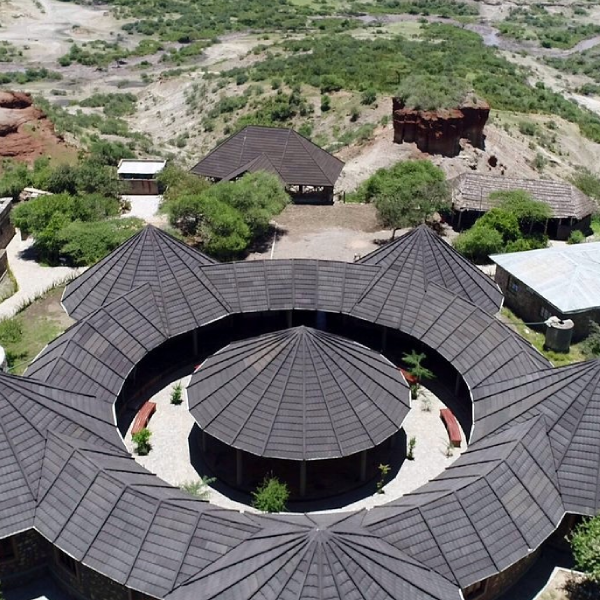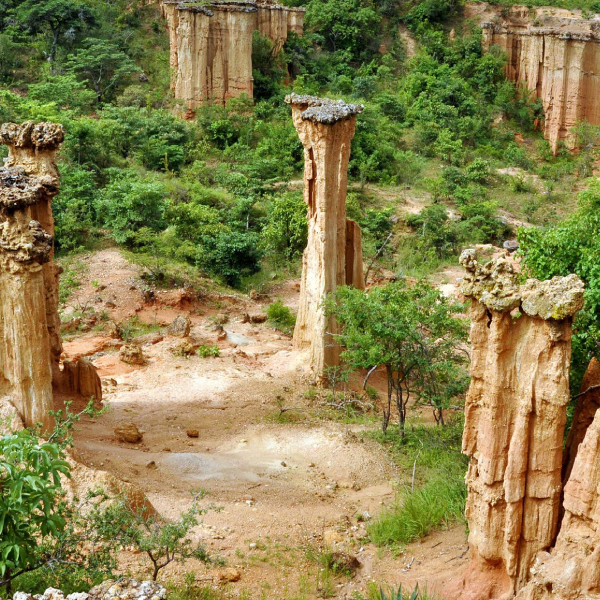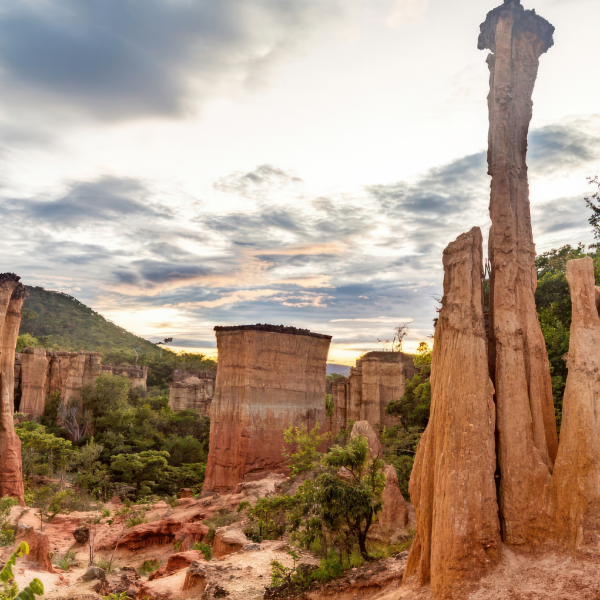The Isimila Stone Age Site is an archaeological gem located in the southern highlands of Tanzania, near the town of Iringa. The site is renowned for its rich prehistoric significance, featuring fossilized remains and ancient tools used by early human ancestors. Dating back over 300,000 years, Isimila provides crucial insights into the Stone Age period. Visitors can explore this UNESCO-listed site and view well-preserved artifacts, including stone tools and animal bones, providing a glimpse into the life of early humans in East Africa.
Getting There
The Isimila Stone Age Site is located about 15 kilometers from Iringa, Tanzania's southern highlands hub. It is accessible by road from Iringa, and the drive typically takes around 30 minutes. Travellers can easily reach Iringa via bus or car from major cities like Dar es Salaam or Mbeya. From Iringa, taxis or local transport can take visitors to the site. A guided tour is recommended for a more informative experience, as local guides provide valuable insights into the historical and archaeological significance of the site.
What to Do
- Explore the archaeological excavation sites, where fossils and tools from early human life have been uncovered.
- Visit the Isimila Museum to learn more about the site's discovery and its significance in human prehistory.
- See the stone tools and fossilized remains displayed at the museum.
- Take a guided tour to learn about the history of the area and its Stone Age inhabitants.
- Enjoy a scenic walk around the site, offering views of the surrounding landscape.
- Photograph the unique rock formations that surround the area, shaped over millennia.
When to Go
The best time to visit the Isimila Stone Age Site is during the dry season, from June to October. During this time, the weather is mild, with clear skies and pleasant temperatures, making it ideal for outdoor exploration. The dry season also ensures better access to the site, as the roads are less slippery and more comfortable for walking. If you prefer fewer crowds, the shoulder months of November and December offer a good opportunity to visit. The rainy season, from March to May, may make access to the site more difficult due to muddy roads.










